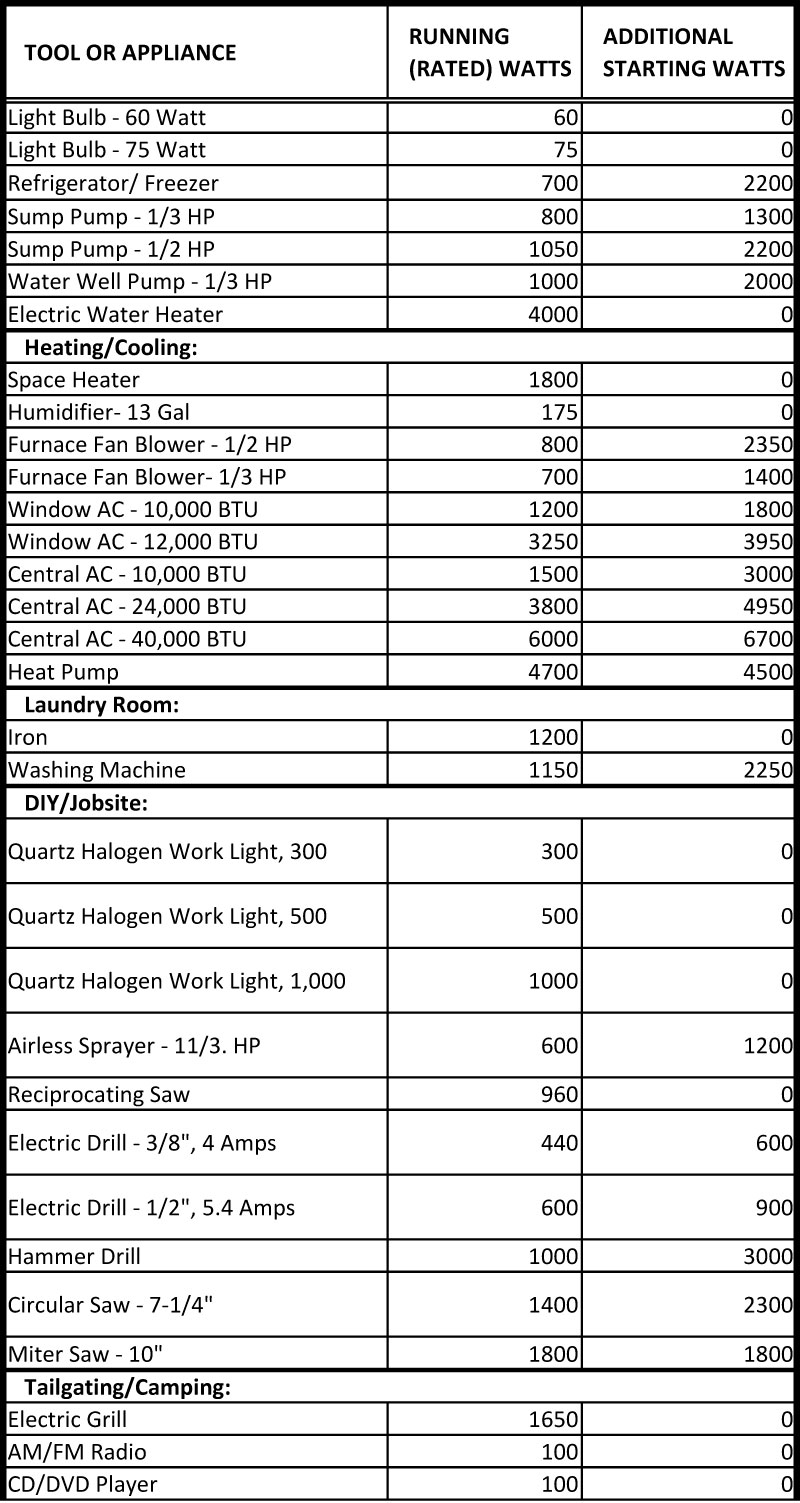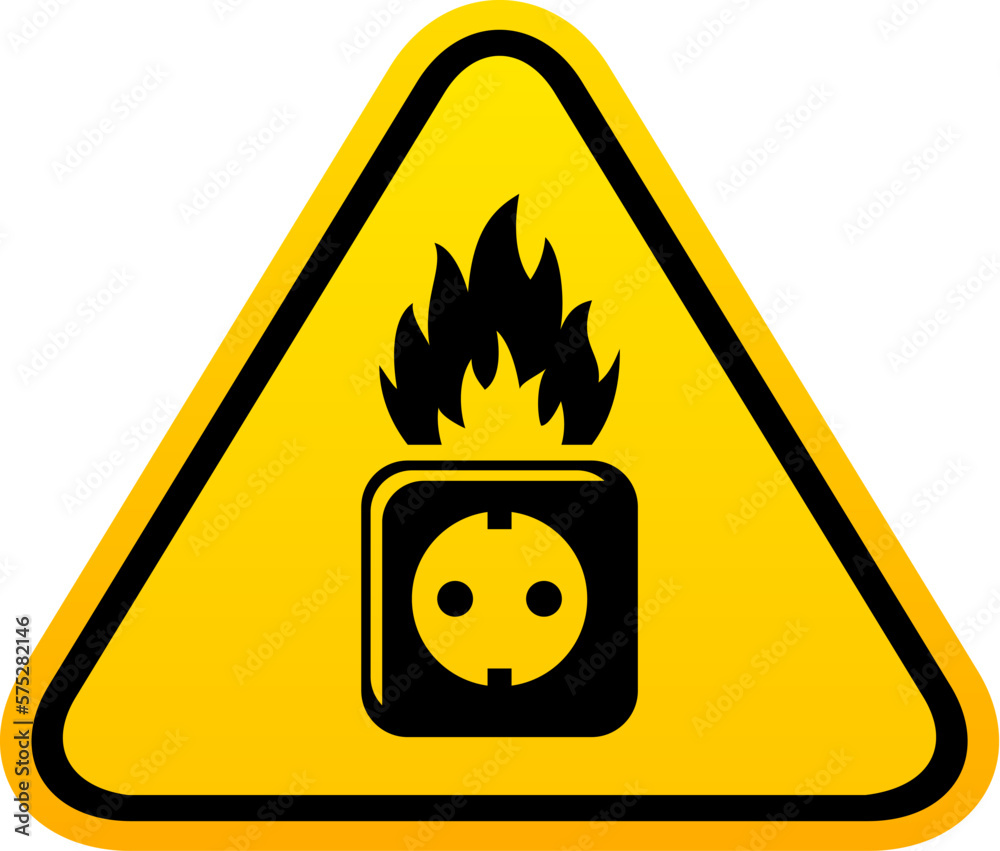Your kitchen lights flicker and die. The refrigerator goes silent. Suddenly, you’re staring at cold coffee and wondering if the milk will spoil. When electricity fails in your kitchen, it’s more than an inconvenience—it can cost you hundreds in spoiled food and disrupt your entire household routine. Electricity in kitchen not working scenarios strike at the worst possible moments, often when you’re in the middle of meal preparation or relying on refrigeration.
This guide walks you through diagnosing and fixing common kitchen electrical failures, from simple GFCI resets to knowing when to call a professional. You’ll learn to identify the problem quickly, restore power safely, and prevent future outages. Whether you’re dealing with a single dead outlet or a complete kitchen blackout, these steps will help you regain control of your kitchen’s electrical system.
Pinpoint Exactly Which Kitchen Components Lost Power
Before grabbing tools or heading to your electrical panel, determine the precise scope of your kitchen electrical failure. Many homeowners waste valuable time resetting breakers when the issue is actually a tripped GFCI outlet behind the refrigerator. Start with a systematic walk-through of your kitchen’s electrical components.
Test Every Electrical Component Systematically
Grab a small lamp or phone charger and methodically check each electrical component. Begin with countertop outlets—plug your test device into every receptacle, including those behind appliances. Note which ones deliver power and which don’t. Next, test overhead lighting by flipping all switches. Check your refrigerator display, oven controls, and microwave functions. Don’t forget often-overlooked items like under-cabinet lighting or garbage disposal switches.
Map Your Power Failure Pattern
Create a mental or physical map of what’s working versus what’s not. If only outlets on one side of the sink have power, you’re likely dealing with a GFCI issue. When all counter outlets fail but lighting works, that typically indicates a dedicated kitchen circuit problem. Complete kitchen blackouts that include lights and outlets usually point to a main breaker issue or service disruption. This pattern recognition narrows your troubleshooting focus significantly and prevents wasted effort on the wrong solution.
Locate and Reset Tripped Circuit Breakers Correctly

Your electrical panel holds the first clues to your kitchen power failure. Most kitchen circuits operate on 20-amp breakers, often labeled specifically as “Kitchen,” “Kitchen Small Appliance Branch Circuit,” or similar designations. Standard residential panels position kitchen circuits near the top for easy access.
Proper Breaker Reset Technique
When you find a tripped breaker (positioned between ON and OFF), don’t just flip it back on. First, push it fully to the OFF position until you feel resistance, then firmly move it to ON until you hear a distinct click. This ensures proper internal contact reconnection. If the breaker feels unusually warm to the touch or shows signs of corrosion, stop immediately—these indicate serious electrical faults requiring professional attention.
When Breakers Refuse to Stay Reset
If your kitchen circuit breaker trips again immediately after resetting, unplug all appliances on that circuit and try once more. Persistent tripping signals either a dangerous short circuit or ground fault in your wiring or an appliance. Continuing to reset creates fire hazards and can damage your electrical system. At this point, you must identify the faulty component before restoring power safely.
Reset GFCI Outlets in All Likely Locations
Ground Fault Circuit Interrupters protect kitchen outlets from dangerous electrical leaks, but they cause most mysterious kitchen power failures. Many homeowners don’t realize their kitchen outlets connect to GFCIs located elsewhere in the house.
Find Hidden GFCI Outlets Affecting Your Kitchen
Check all standard GFCI locations first—countertop outlets within six feet of sinks, island outlets, and near dishwashers. Then expand your search to less obvious places: garages often contain GFCIs powering garage refrigerators that share circuits with kitchen outlets. Basements, bathrooms, and even outdoor outlets sometimes protect kitchen circuits through shared wiring. Press the TEST button (you should hear a click), then firmly press RESET until it locks in place.
Verify GFCI Chain Reactions
One tripped GFCI can disable multiple downstream outlets. After resetting a GFCI, immediately test all kitchen outlets to confirm power restoration. If only some outlets regain power, another GFCI further down the circuit may still be tripped. This cascading protection design means you might need to reset several GFCIs to fully restore kitchen functionality.
Uncover Appliance Overload Culprits

Kitchen circuits handle multiple high-wattage appliances, making overloads the most common cause of kitchen electrical failures. Most kitchen counter circuits support only 1,440 watts (12 amps on a 120-volt circuit), easily exceeded by common appliance combinations.
Identify Dangerous Appliance Combinations
The microwave running simultaneously with your coffee maker and toaster creates a perfect storm for circuit overload. Older refrigerators with failing compressors can suddenly draw excessive power. Space heaters plugged into kitchen outlets are particularly dangerous—they often exceed 1,500 watts alone. Unplug all appliances, reset the breaker, then plug devices back in one at a time to identify the problematic combination.
Calculate Your Circuit Capacity
Divide your circuit’s amperage (usually 15 or 20) by 1.2 to determine safe continuous load. A 20-amp circuit safely handles 16 amps (1,920 watts) continuously. Add up appliance wattages (found on their labels) before plugging them in simultaneously. When total wattage approaches 80% of your circuit capacity, you’re flirting with electrical failure.
Recognize Warning Signs of Serious Electrical Problems

Certain symptoms indicate dangerous electrical conditions requiring immediate professional intervention. These aren’t DIY fixes—they’re fire hazards demanding expert attention.
Spot Dangerous Outlet Conditions
Burn marks around outlets, melting plastic faces, buzzing sounds from switches, or warm outlet covers all signal serious problems. These indicate arcing electricity or overloaded connections generating extreme heat. If you notice sparks when plugging in appliances or smell burning plastic near outlets, turn off the circuit breaker immediately and call an electrician—do not attempt to use the outlet again.
Identify Hidden Wiring Dangers
Flickering lights throughout the kitchen, multiple outlets failing simultaneously, or fishy/burning smells near electrical components suggest problems behind walls. Discoloration on walls around outlets often indicates heat damage from faulty wiring. These conditions require professional assessment—attempting DIY repairs could expose you to live wires or hidden fire hazards.
Implement Smart Emergency Kitchen Solutions
When power restoration takes hours, protect your food and maintain basic functionality with these emergency strategies.
Preserve Refrigerated Food Effectively
Keep refrigerator and freezer doors closed—full freezers maintain safe temperatures for 48 hours, refrigerators for about 4 hours. Transfer critical items to coolers with ice from unaffected areas. If neighbors have power, arrange to store perishables with them temporarily. Never use outdoor grills or camp stoves indoors for cooking—carbon monoxide poisoning risks outweigh food preservation needs.
Establish Temporary Power Solutions
If only part of your kitchen has power, relocate essential appliances. Use heavy-duty extension cords (12-gauge minimum) to bring power from working areas, but never run them under rugs or through doorways where they can overheat. Consider battery-powered alternatives for lighting and small tasks. Remember that temporary solutions shouldn’t become permanent fixes—address the underlying electrical issue promptly.
Know When to Call a Professional Electrician Immediately
Some electrical problems require expert intervention. Recognizing these situations prevents dangerous DIY attempts and potentially catastrophic consequences.
Mandatory Professional Intervention Signs
Call an electrician immediately if you experience main breaker trips, burning smells from panels, multiple circuits failing simultaneously, visible wire damage, or water exposure near electrical components. Older homes (pre-1970) with original wiring need professional assessment for any electrical failure—aluminum wiring and outdated systems pose significant risks. If breakers feel warm after resetting or show visible damage, stop troubleshooting and call a professional.
Weigh Costs Against Potential Losses
Professional electrician service calls typically cost $150-300. Compare this to potential losses from food spoilage ($200-500), electrical fire damage ($10,000+), or personal injury. When your kitchen’s electrical system behaves erratically or shows warning signs, professional diagnosis often proves cost-effective compared to potential consequences of delayed action.
Prevent Future Kitchen Electrical Failures Proactively
Regular maintenance prevents 80% of kitchen electrical problems. Implement these simple routines to avoid future power disruptions.
Monthly Electrical Safety Checks
Test all GFCIs using their TEST/RESET buttons. Inspect appliance cords for fraying or damage. Clean refrigerator condenser coils to prevent compressor strain. Check outlet faces for cracks or discoloration. These quick checks catch developing problems before they cause complete failures.
Smart Load Management Strategies
Distribute high-draw appliances across multiple circuits. Install dedicated circuits for major appliances like refrigerators. Consider upgrading to 20-amp circuits where your electrical panel allows. Use appliance timers to prevent simultaneous startup of high-wattage devices. These small changes significantly reduce circuit overload risks.
Quick Power Failure Response Checklist
When kitchen electricity fails, follow this streamlined response protocol:
First 10 minutes: Check neighbor’s power, inspect main panel, reset all GFCIs, unplug appliances, reset breakers. If power returns, plug in appliances one by one to identify problem devices. If power remains out and you notice warning signs, call an electrician immediately while setting up food preservation measures. Document the incident details for future reference and potential insurance claims.
Kitchen electrical failures range from simple GFCI resets to serious fire hazards. This guide equips you to handle 90% of common issues safely. When in doubt, professional electricians provide peace of mind that’s worth every penny—especially when your morning coffee depends on it. By understanding your kitchen’s electrical system and responding appropriately to failures, you’ll minimize disruption and keep your most important room safely powered.



